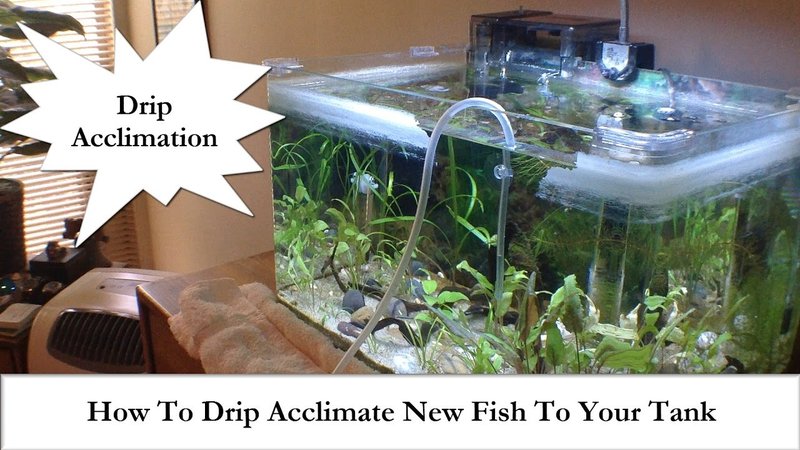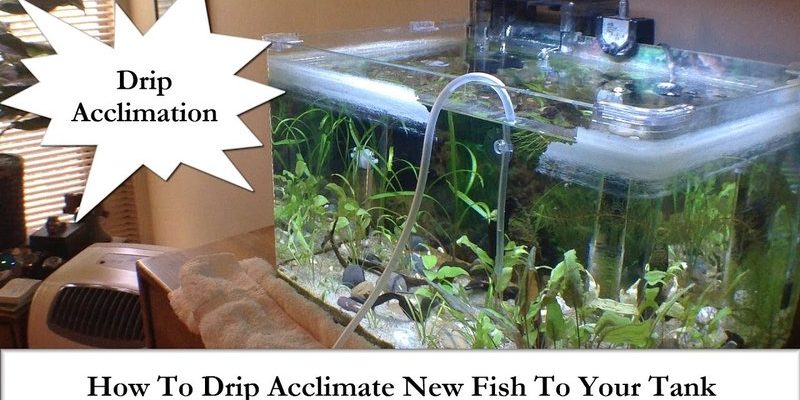
If you’re new to the aquarium hobby or just haven’t had a dottyback before, they’re bright, energetic little fish that can add so much life to your tank. But just like any new pet, they need a little help getting settled into their new surroundings. Let’s dive into some simple steps you can take to ensure your dottyback feels right at home.
Understanding Dottybacks
Before jumping into the acclimation process, it’s essential to understand what a dottyback is. These fish belong to the family Pseudochromidae, and they are known for their vibrant colors and spunky behavior. Typically, they can range in color from purple to yellow to orange, making them a beautiful addition to any marine setup.
These fish are generally small, usually growing to around 3 to 4 inches in length. Dottybacks can be a bit territorial, especially when they’re feeling settled in their new environment. This means that it’s essential to give them time and space to acclimate properly, ensuring they feel safe and secure in their new home.
You might be wondering how long this acclimation process takes. Well, it can vary based on several factors like the existing tank environment, the fish’s health, and your setup. Generally, expect to give your dottyback a few hours to a few days to adjust fully.
Preparation Is Key
The first step in acclimating your new dottyback is to prepare your aquarium. It’s like getting ready for a new roommate—clean up, make space, and create a welcoming environment!
Start by checking your tank’s water parameters. Dottybacks thrive in saltwater environments, so ensure the salinity, temperature, pH, and ammonia levels are just right. Ideally, your tank should have a salinity of 1.020 to 1.025 specific gravity, with a temperature between 75°F and 80°F (23°C to 27°C).
Here’s a quick checklist to prepare:
- Test your water for ammonia, nitrites, and nitrates.
- Ensure your tank has plenty of hiding spots, like caves and rocks.
- Double-check your filtration and aeration systems to ensure water quality.
After you’ve set the stage, you’ll be ready to bring your new fish home!
Transfer Process: The Floating Technique
Once you have your dottyback, it’s time to introduce them to your aquarium using the “floating technique.” This method helps adjust the fish to the temperature and water conditions gradually, reducing stress.
1. Get the Bag Ready: When you bring your dottyback home, keep it sealed in its transport bag. Place this bag in your aquarium for about 15-20 minutes. This floating procedure helps equalize the temperature of the water in the bag with that of the tank.
2. Add Tank Water: After the floating time, introduce some tank water into the bag. Open the bag and pour in a small amount of your aquarium water—about a quarter of the bag’s volume. Let this mixture sit for another 10-15 minutes.
3. Repeat as Needed: If you want to be extra cautious, repeat the process a couple more times, gradually increasing the amount of aquarium water in the bag.
4. Release: Finally, gently place your dottyback into the tank using a net. Avoid pouring the store water into your aquarium, as it might contain harmful additives or pathogens.
Monitoring Your Dottyback
After placing your dottyback in the aquarium, the acclimation process isn’t over. You’ll want to keep a close eye on them for the first few days, observing their behavior and interactions with other fish.
Look for signs of stress, like hiding excessively or not eating. It’s pretty normal for fish to be a little shy after moving, but you want to ensure they’re eventually swimming around and exploring.
If you notice that your dottyback is more aggressive toward other tank mates, consider separating them temporarily. Creating a peaceful atmosphere is vital for their comfort and wellbeing.
Feeding Your New Dottyback
Feeding your new fish the right diet is crucial, especially during the first few weeks. Dottybacks are carnivorous and enjoy high-quality frozen or live foods. Think of it as giving your new roommate their favorite meal to help them settle in.
Some great options include:
- Frozen shrimp
- Pellets designed for carnivorous fish
- Live brine shrimp or copepods
Feed small portions at first, since they might be hesitant to eat right away. Observe how they react to the food—if they’re not eating, don’t panic right away. Give them a little more time to adjust.
Creating a Suitable Environment
The environment you provide for your dottyback is incredibly important. Think of it like furnishing a new apartment: it should be comfortable and personalized.
Adding plenty of hiding spots is essential to help them feel secure. Use live rock, caves, and coral structures to create a space where they can explore and hide when needed. A good rule of thumb is to have at least one hiding spot per fish in the tank.
Proper lighting is also crucial. While dottybacks don’t require intense light, too little light can make them feel insecure. A gentle, moderate light will help your fish feel vibrant and active.
Common Issues and Troubleshooting
As with any new fish, issues can arise during acclimation. If you’re facing problems, don’t worry—many aquarists have been there!
1. Shortness of Breath: If your dottyback is gasping at the surface often, it might not be getting enough oxygen. Check your water parameters and consider adding an air stone to improve surface agitation.
2. Clamped Fins: If you notice your fish with clamped fins, it could be a sign of stress or illness. Check your water quality again, and ensure there are no aggressive tank mates.
3. Loss of Appetite: If your dottyback isn’t eating, it could just be adjusting. If they haven’t eaten in a few days, try offering different types of food or reducing tank stressors.
Here’s the thing: patience is key. If you’ve done your homework and prepared well, your dottyback should find its groove soon.
Wrapping Up Your Dottyback’s Acclimation
Acclimating a new dottyback to your aquarium is a rewarding journey, as you’ll witness their personality and beauty unfold over time. Just like inviting a new friend into your home, it’s all about providing comfort, patience, and the right environment.
By following these steps, staying observant, and being ready for any bumps along the way, you can ensure your dottyback thrives in their new home. Enjoy the process and celebrate this new chapter in your aquarium adventure!

